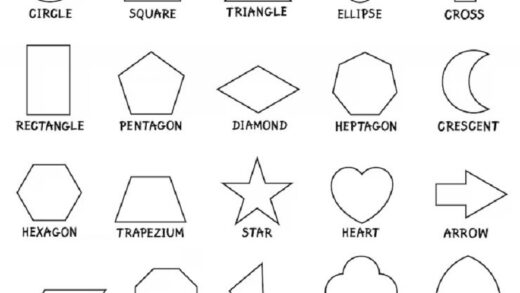Reading is an important part of early childhood education. Parents frequently ask how they can support their preschoolers in becoming good readers, often turning to expensive software and intense reading methods to give their children an advantage.
Talking about stories with a preschooler is fun and very helpful for their growth. When you discuss stories, you teach them how events happen in order, which is important for understanding what they read. Knowing the order of events helps kids remember and share the story correctly.
By learning the sequence, preschoolers can spot the beginning, middle, and end of a story. This skill is key for their reading progress because it helps them grasp how stories are structured and enhance their ability to follow and guess what will happen next. Doing these activities builds a solid base for their future reading and writing skills.
Sequencing means understanding and following a certain order of events. It helps children see how things connect in tasks, stories, and everyday activities. Think of it as assembling a puzzle to form a complete image. This skill is very important; it is a key part of a child’s future learning. Whether following steps, understanding a story, or doing daily chores, sequencing is essential for a child’s thinking, language, and social growth.
Sequencing Order
Sequencing means putting language, ideas, information, and actions in order. To understand how learning patterns and series work, it’s important to have strong executive functioning skills such as attention, organisation, planning, and working memory. someone struggling with sequencing may find it hard to follow instructions, communicate, finish tasks with multiple steps, and solve problems. Knowing the order of events helps kids see patterns and understand their surroundings. Sequencing skills are important for learning to tell time and also help with other skills, like reading letter sequences.
Sequencing Activities
Teaching a theory to a child is more enjoyable when you add fun activities that make it relatable. Activities like sequencing crafts and storytelling games can help kids learn and practice this skill in a fun way, making learning more effective.
- Build a pyramid
- Following a recipe
- Prepare a chart of daily routine
- Photo story
- Plant a bean
- Weekend chore chart
- What comes first
Try this fun activity to help your child learn about sequencing. Get 4 cards and label them from 1 to 4. Next, write down the steps for building a pyramid. You can also add drawings or images to show each step. Shuffle the cards and give them to your child to put in the right order.
For little ones, write a simple recipe on paper or a whiteboard and check off each step as you do it. Start with no-cook recipes, like making a pizza. Have the pizza base, sauce, cheese, and toppings ready. Let them put everything together in the right order.
A great way to help kids learn about self-care and order is to have them create a chart for their morning routine. They can start with brushing their teeth, then take a bath, get dressed, comb their hair, eat breakfast, put on socks and shoes, and finally leave for school.
Take many photos during a fun weekend trip. Print the pictures and have your child put them in the order the events happened. This will help your child practice sequencing while also letting them remember the enjoyable day for a long time.
Children will love this activity because it connects them with nature. Help them grow a bean and encourage them to sketch its growth in a notebook. On the first day, the bean will simply look like a bean. By the second day, a small sprout will appear. On the seventh day, the sprout may be longer. At this point, transfer it to a small pot and let your child keep drawing the seedling as it grows in the pot.
This can be a fun way to get your child involved in weekend chores. Take a big piece of chart paper and list some chores for your child. Number them in order. When your child finishes a chore, they should come and mark it with a check, showing they completed it. Encourage them to follow the order to finish all the tasks.
Give your child several pairs of cards and encourage them to identify the order. For example, the mother is first, then the child. The seed is first, followed by the plant. Crayons come first, and then a drawing is made with the colours. Ingredients are needed before the final dish. As a fun twist, ask them what comes first, the chicken or the egg! Share if they figured out the riddle!
Sequence learning is very important for preschoolers because it helps their thinking skills grow. Sequencing allows kids to see patterns, know the order of things, and build critical thinking abilities. When children participate in activities like storytelling, daily routines, and fun games that focus on sequencing, they can understand this idea better and use it in different parts of their lives.
At Mother’s Pet Kindergarten, we focus on helping kids develop sequencing skills through fun and interactive activities. Our method ensures that children learn how important sequencing is while also enjoying the learning experience. By building these skills early, we set our students up for success in school and help them understand the world better.













Recent Comments